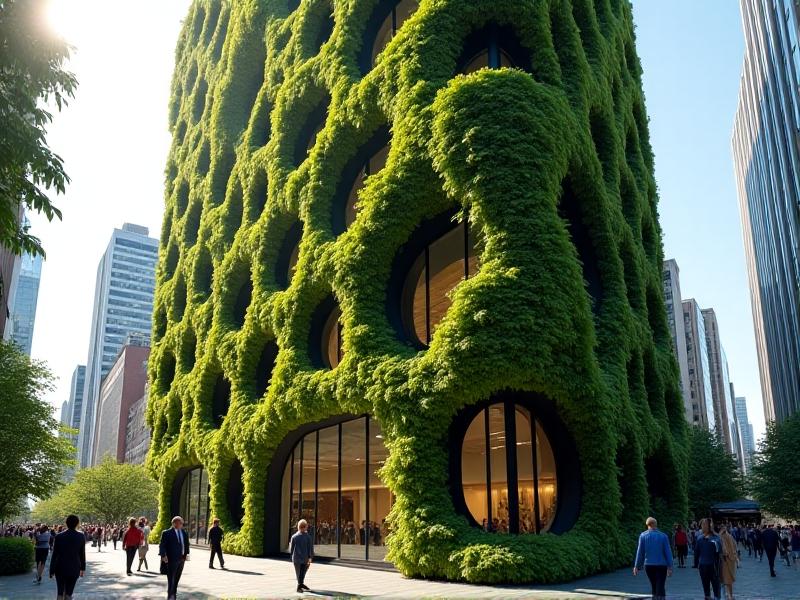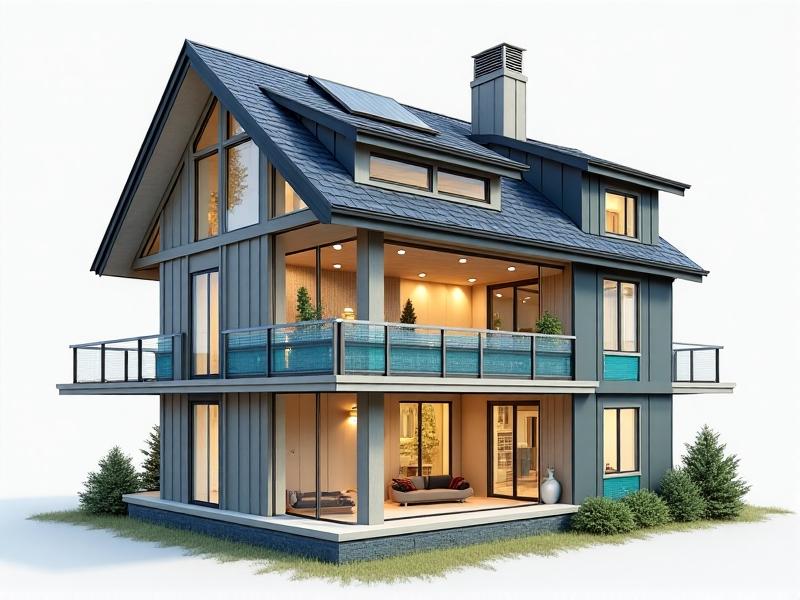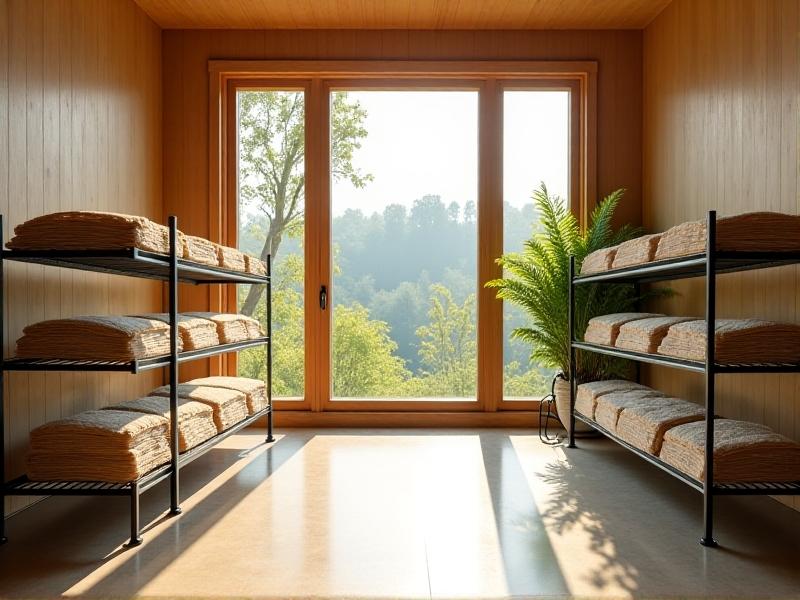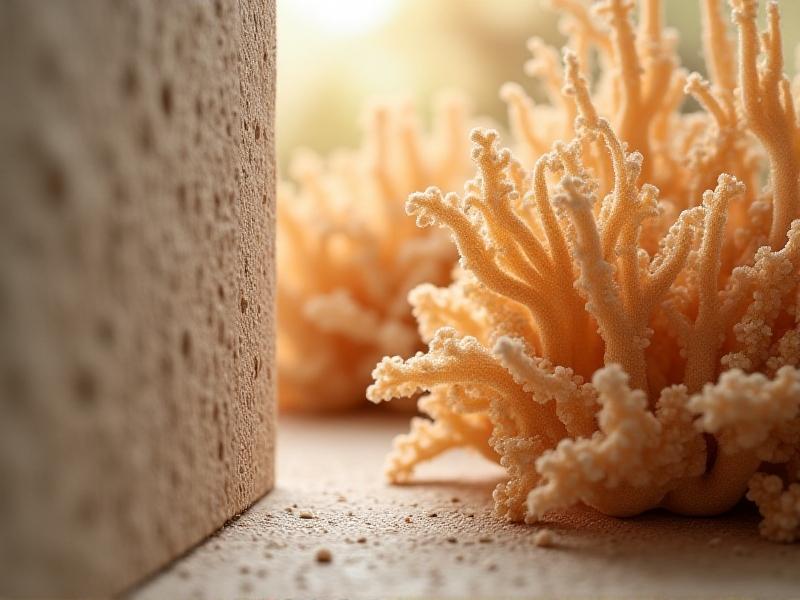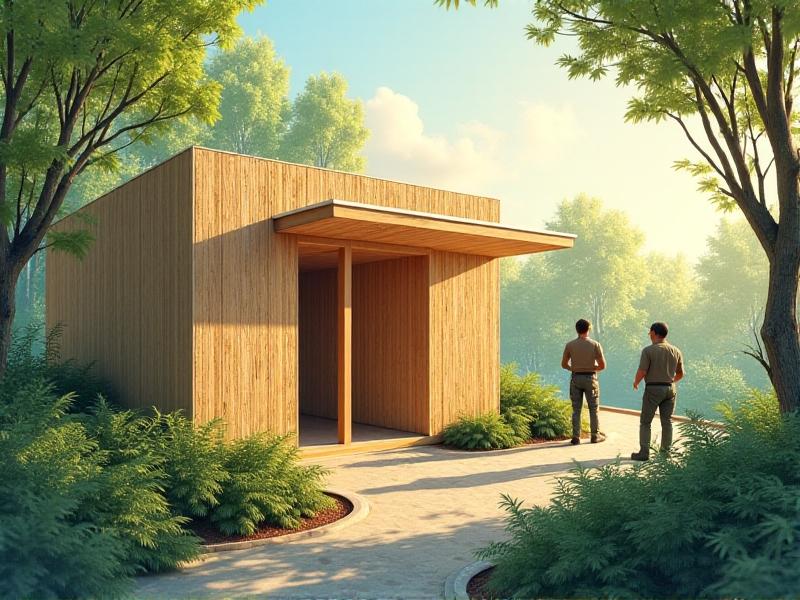Radon Permeability Testing in Mushroom-Based Wall Systems
Understanding Radon and Its Health Implications
Radon is a naturally occurring radioactive gas that is colorless, odorless, and tasteless. It is formed from the decay of uranium in soil, rock, and water. When radon seeps into buildings, it can accumulate to dangerous levels, posing significant health risks. Prolonged exposure to high concentrations of radon is the second leading cause of lung cancer after smoking. This makes it imperative to monitor and mitigate radon levels in indoor environments, especially in innovative building systems like mushroom-based wall systems.

What Are Mushroom-Based Wall Systems?
Mushroom-based wall systems, also known as mycelium composites, are an emerging sustainable building material. These systems utilize the root structure of mushrooms, called mycelium, which binds agricultural waste to form a strong, lightweight, and eco-friendly material. Mycelium-based materials are biodegradable, renewable, and have excellent insulation properties. However, their permeability to gases like radon remains a critical area of research, especially as they gain traction in modern construction.
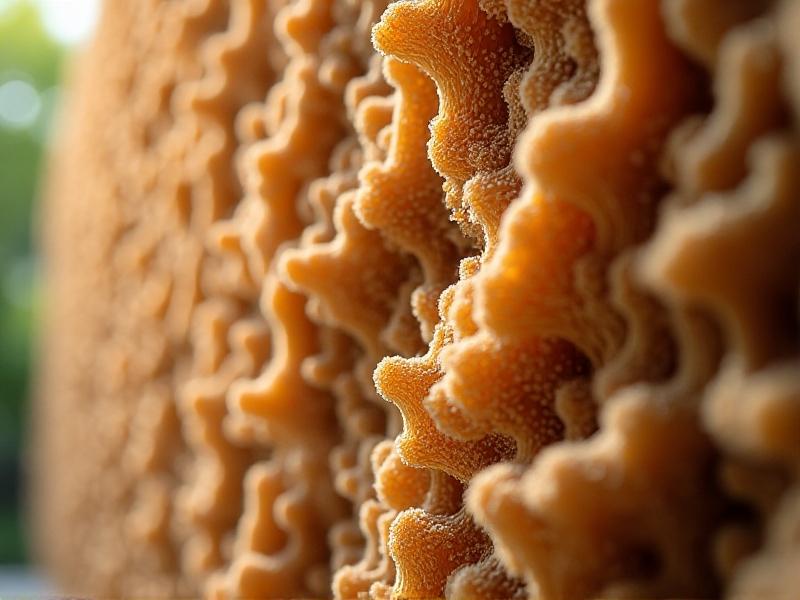
The Importance of Radon Permeability Testing
Radon permeability testing is essential to ensure the safety and durability of building materials. For mushroom-based wall systems, understanding how radon interacts with the material is crucial. Testing involves measuring the rate at which radon gas passes through the material under controlled conditions. This data helps determine whether additional barriers or mitigation strategies are needed to prevent radon infiltration and protect indoor air quality.

Methods for Radon Permeability Testing
Several methods are employed to test radon permeability in building materials. These include the use of radon chambers, where samples are exposed to controlled radon concentrations, and detectors that measure radon levels over time. Advanced techniques like gamma spectroscopy can also be used to analyze the material’s interaction with radon. Each method has its advantages and limitations, and the choice of technique depends on the specific properties of the material being tested.
Challenges in Testing Mushroom-Based Wall Systems
Testing radon permeability in mushroom-based wall systems presents unique challenges. The organic nature of mycelium means that its structure can vary depending on growth conditions, making it difficult to standardize tests. Additionally, the material’s porosity and moisture content can influence radon diffusion rates. Researchers must account for these variables to ensure accurate and reliable results, which requires innovative testing protocols and a deep understanding of mycelium’s properties.
Potential Solutions and Mitigation Strategies
If mushroom-based wall systems are found to be permeable to radon, several mitigation strategies can be employed. These include incorporating radon-resistant barriers, such as specialized membranes or coatings, into the wall system. Another approach is to design buildings with enhanced ventilation systems to reduce radon accumulation. Additionally, further research into modifying mycelium’s growth conditions or composition could yield materials with inherently lower radon permeability.
The Future of Mushroom-Based Wall Systems in Construction
Despite the challenges, mushroom-based wall systems hold immense promise for sustainable construction. Their low environmental impact, combined with their insulation and structural properties, makes them an attractive alternative to traditional building materials. As research into radon permeability and other safety factors progresses, these systems could become a mainstream option, contributing to healthier and more eco-friendly living spaces.
Conclusion: Balancing Innovation and Safety
Radon permeability testing in mushroom-based wall systems is a critical step in ensuring their safety and viability as a building material. While challenges exist, ongoing research and innovative solutions are paving the way for their successful integration into construction. By balancing sustainability with health and safety considerations, mushroom-based wall systems can play a pivotal role in shaping the future of green architecture.
